The Station
The oldest RAF station, opened on 28 March 1918, is located near the village of Scopwick and is an important signals site for all three services. Home to Joint and RAF units, the Station is part of UK StratCom, and is commanded by a RAF Wing Commander.



